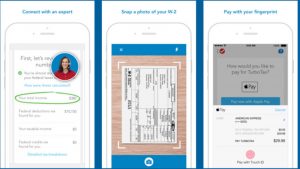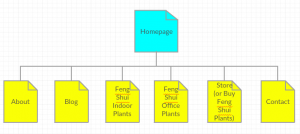Far too often a generic sales presentation is the be-all and end-all for a busy sales team. A single presentation is supposed to work in any situation for any audience. But, let’s face it…does this really work?
How can one sales presentation do the heavy lifting for every situation and every customer? It must work for a creative, equally to a numbers focused decision maker. It must work in 5 minutes and in an hour time slot. It must be highly effective despite variances in presenter style.
That’s a highly demanding standard. One presentation must be the ultimate solution to do it all. Attract. Interest. Engage. Customize. Overcome Objections. Close. In many organizations, legal approval and the slow wheels of corporate decision-making make it next to impossible to change a single word.
While this is a common practice in sales, it doesn’t make much sense. Showing the same thing to everyone at every stage of their interest is foolish. It’s a recipe for disaster.
After all, would you propose marriage to someone you just met? Would you write a formal request to have dinner with your sweetheart? Not likely. Different forms of communication are suited to different situations.
If you are locked in to a formal script and not able to add, change or delete—use these quick tips to add some individuality to your delivery.
1. Arrive Early
Meet and greet participants before you start. Share ideas in informal conversation—even if you must be extremely formal in your on-stage delivery.
2. Get Introduced
Ask your host or hostess to provide an introduction. Give them a personal story or insight to add personality and human touch. Help people understand who you are. You’re more than the person up in front. Get help from the person who is introducing you to set the stage.
3. Draw A Sketch
Whiteboard a key idea, before you start. Use this to connect with your audience and relate human-to-human.
Oops. Can’t draw? Don’t worry. Your sketch does not need to be beautiful in order to work. But if you have to explain endlessly, learn the fundamentals of selling ideas at a whiteboard.
4. Get Your Audience Involved
Ask your audience to draw the same sketch. Encourage people to get into the action—and get engaged in your topic. Don’t worry. The sketch does not need to be perfect or beautiful. Just doing something on the spot and involving participants helps build a connection.
5. Invite Questions During Your Talk
While your script may be set in stone, responding to questions occurs ad hoc. Create a lively interaction during your talk. If you are not comfortable with this flowing environment, make time for questions after you’ve finished the scripted portion of your message.
6. Show and Tell
Provide evidence. Show people what you are talking about. If you must use slides, make sure that you are using the fewest number of slides possible. Get expert advice from an executive coach to amplify your story with visuals and props. If possible, bring in props, photographs and solid items to demonstrate what you’re describing.
7. Smile
Even in the most formal environment, you can smile. Your smile lets participants know that you’re alive and kicking.
8. Stay Late
Stay after the presentation time is over. Be available for questions from anyone. Don’t only talk to the decision maker and ignore other people. By staying attentive and open to all participants, you show care and integrity.
9. Question Authority
If you’ve done all these steps, you have a certain feeling in your gut. You know that you did your best…but you also know that a formal generic script is not serving your goals.
That’s why it’s useful to look for avenues to question the practice of one-size fits all. Find out why this is the case—and where they may be wiggle-room. Who knows what you’ll find out!
(332)
Report Post





